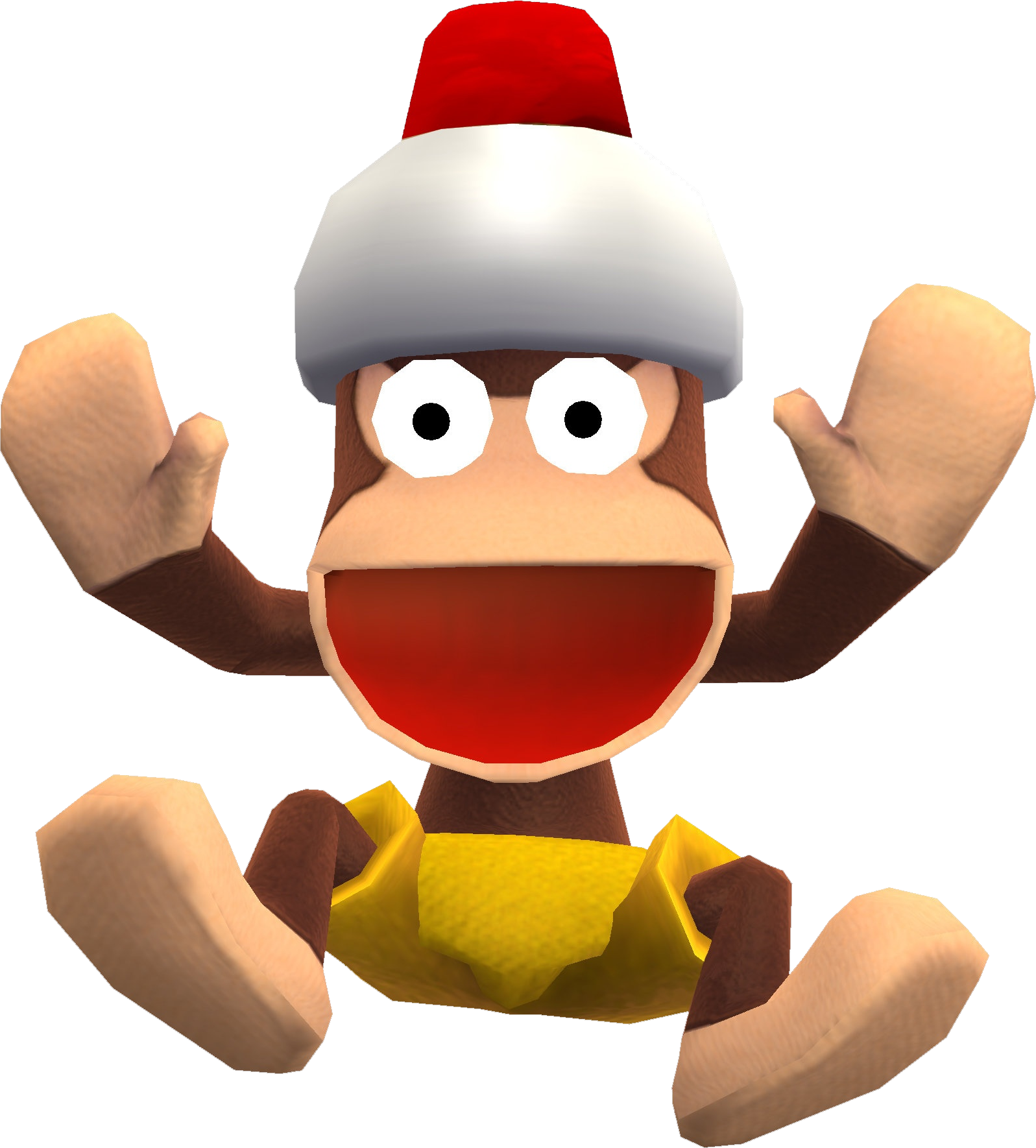The wallpaper is just a cropped image from the scans of the games manual found here, note these are spoilers!, Tunic is an absolutely lovely game I have been playing on my Switch and I highly recommend it to people who really enjoy the difficulty of older Nintendo games but want a more polished experience. The way the game integrates the “manual” is really intriguing
For a while I was experimenting with different plasma themes but I landed back on the good old reliable gruvbox dark theme.
Edit: my apologies for not perfectly aligning two of the images in Gimp, I forgot to press the button that aligns them horizontally and not just vertically :p
Hi. Great looking UI! …just wanted to pop by and remind any who will listen that GRUVBOX IS THE ABSOLUTE BEST cheers.
Man, I love this. To my naïve eye it still looks a bit like a Windows install, but completely customized to suit your taste. This experience is what I want when I finally make the switch :P
It definitely is rather reminiscent of older Windows versions with the seperate application launchers, fully expanded task bar entries that show the name of an app that are ungrouped (until necessary). And the widgets are very reminiscent of Rainmeter.
But I also bring some things from macOS that I enjoyed such as the global menu on the top (sadly Firefox flatpak does not support), virtual desktops with the pager widget on the bottom, and I use Krunner a lot (plasma’s equivalent to macOS “Spotlight”)
I hope your switch to Linux goes well if / when you switch!
That wallpaper is so great
What plugin is this that you’re using on VIM?
The plugin that brings the “starter” / “welcome” screen when
nvimis called without a file ismini.starter, a lua module of theminiplugin. My primary use case for neovim is closer to a feature complete text editor rather than a full fledged IDE, although there definitely is some overlap in my setup.My set of plugins are roughly as follows
vim-plug, I will likely replace this one withpackerat some pointgoyo.vimandlimelight.vimfor distraction free viewing and editingnnn.nvimto integrate thennnfile manager into neovimmini.nvimaccording to the Github, “Library of 35+ independent Lua modules improving overall Neovim (version 0.7 and higher) experience with minimal effort. They all share same configuration approaches and general design principles.”mini.surroundfeature rich surround actionsmini.statuslinea very simple no-frills statuslinemini.starteraformentioned start screenmini.pairsinserts the paired character, e.g typing(will automatically place)behind the cursorsmini.movemove selectionsmini.maphas a little map of the file similar to VScode among many other IDEs & text editors
barbar.nvimTabbar plugin- a whole bunch of LSP / autocomplete engines / snippets / git commit messages & signs
nvim-treesitterfor syntax highlighting
And the remaining things in my
init.luafile are just keybindings, setting up the plugins, and disabling the swapfile etc. when editing my password secrets ingopassamong other ‘secret’ files
This looks awesome - love the vibe.
What are the performance indicators on the left?
I don’t see any on the left. Those on the right are plasma widgets.
Apparently I still don’t know what left and right is! Thanks a bunch!
How did you make Firefox look THAT similar to Breeze? Anyways 10/10 would daily drive



